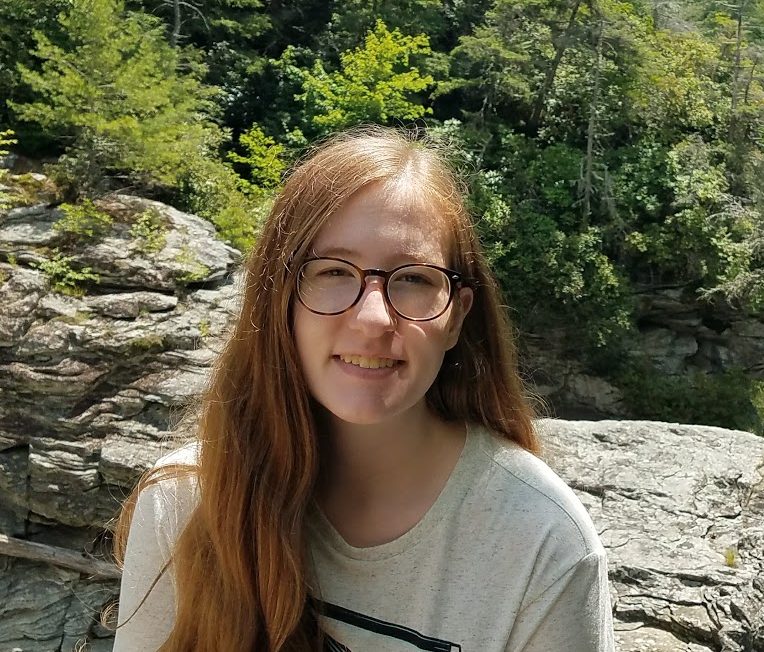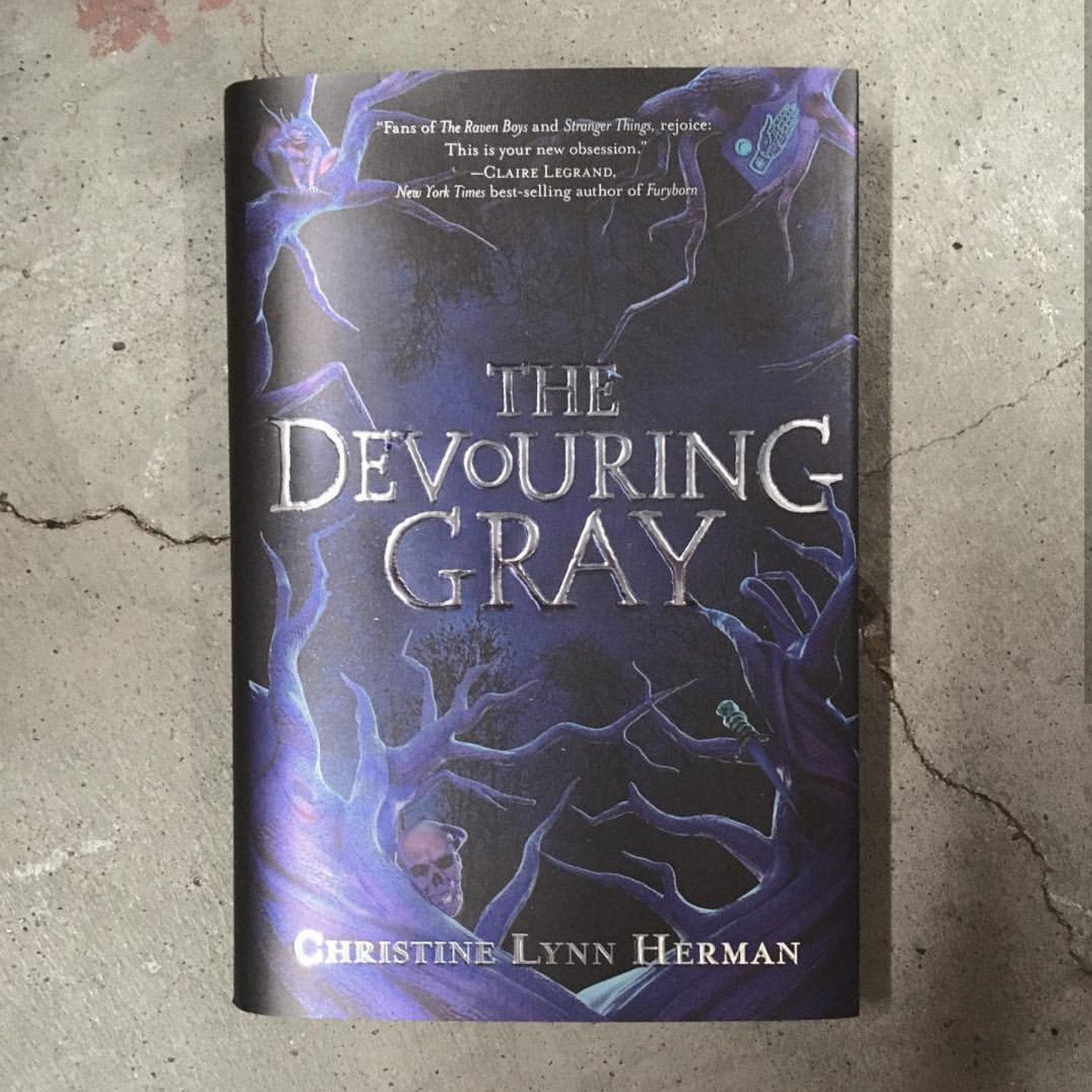The Devouring Gray is the debut novel of Christine Lynn Herman. The young adult novel is about three very different teens who come together to save a small town. The Devouring Gray is also the first book I’ve read where I couldn’t get past page 86.
*The rest of this article contains mild spoilers for The Devouring Gray*
First of all, I wanted to like this book. It seemed like a formulaic YA fantasy, an easy and quick read for a busy person like myself. As I read through the first couple of chapters, the book lived up to my expectation of being a typical novel: a main character who in the wake of a traumatic event is moving with her mom.
What I wasn’t anticipating was how much I’d hate this book’s writing style, character development, and world building.
The chapters in The Devouring Gray are blocky and very obviously break up the story into pieces. From chapter to chapter the story doesn’t connect in an even timeline, events aren’t smoothly flowing. When I ended a chapter the next opened with a completely different scene that seemed to have nothing to do with the last (i.e, moving from a girl looking out her window at night to a different girl sword fighting in the morning).
When a new character was introduced in the novel, the description of them almost always started with what their race was. This was weird on multiple levels: mainly, almost every character was white and introduced as “a white girl/boy” with some further description. Readers can generally tell what a character looks like with other descriptions that don’t rely on stereotypical assumptions about race.
Harper, Violet, and Justin are the three main characters in the novel. Each chapter switches from one character’s point of view to the other’s. I’m not opposed to reading books with different narrators, but when narrators switch in the middle of a chapter–or at all, really– I expect it to be for a reason: to add dimension to the story, or to move the plot along.
In this book, the switching of characters only confused me. Each character was experiencing something different, but not different enough to define them from the others or add to the plot. The narration switch felt forced, and as if it was done just for the sake of having multiple main characters.
The constant flipping of narrators muddled the story. Each character was facing their own subplot of issues, along with the novel’s overarching plot, and the subplots really didn’t add any intrigue or importance the the main plot. If the author had picked just one narrator the storyline would have been stronger.
One consistent thing throughout all narration, however, was the lack of dialogue. The narrator would say things like “my mom likes my sister more,” but would never include dialogue between the mom, daughter, and sister to show that the statement was true. As a reader, never having to infer how people felt bothered me, and made me bored.
Many of my issues with the characters’ subplots is tied to the fact that the world building was half baked. The Devouring Gray is set in a version of real-world upstate New York. However, the author doesn’t explain what is real in the book’s world and what is not right off the bat, making me confused about what all every character is talking about.
From my understanding, the book’s fantasy element comes in with a gray forest that surrounds the town. The forest leads to some dimension in which a beast is waiting and eats people. I think. But the forest is also sentient to a point, because it is described as moving and reaching for people?
The exact world not being described is fine when the character Violet is narrating, because she doesn’t understand the magic of the town yet. I get that, and I’m fine with being in the dark about what is going on when she’s telling the story.
Problems arise when the other two narrators, Harper and Justin, tell the story. They do know about the town’s people-eating-forest issue– but they never explain it to the reader. So the narrator is talking within their chapter as if you know what they’re talking about, but you don’t. Which is confusing and, honestly, made me skip a couple paragraphs here and there because I didn’t care what was going on.
Further in world building problems, there is a hierarchy within the small town that isn’t flushed out. From what I could gather, there are the “founders” (of what, I don’t know) who have magical powers that differ by family. They’re suppose to use their magical powers to protect the town (from the forest, I’d assume). But some “founders” don’t have powers, and the reason why is never explained (at least not in the first 86 pages).
Various “rituals” are also mentioned– what are they? Why do people do them? Do only the “founders” do them? I don’t know, because an explanation isn’t included when they are mentioned.
In my opinion, this book had potential to be good. Maybe even great. Despite its potential, it flopped. The world wasn’t properly explained, which contributed to a lack of me enjoying or connecting with characters and their stories.
Though the book is marketed as a young adult fantasy, I think it’d be better suited to a young reader who is starting to venture into reading YA fiction. For someone who hasn’t read many young adult novels, this one is an easy one to start with: the things that annoyed me only annoyed me because I know to look for them. The combination of formulaic characters and blocky writing is easy to read. The poor world construction can be easily put aside by a less experienced YA reader who may not care as much if the world makes sense or not.
Overall, I’d give this book one star out of five. The one star is purely out of pity and in hope that the second book, which is already in the works, will be better– even though I don’t plan on reading it. I would prefer that The Devouring Gray forest devours me.

Hi! My name is Marie, and I am the editor-in-chief of The Mycenaean. I am also President of Model UN and President of Quill and Scroll Honor Society. I love whitewater kayaking and rollercoasters.

Leave a Reply